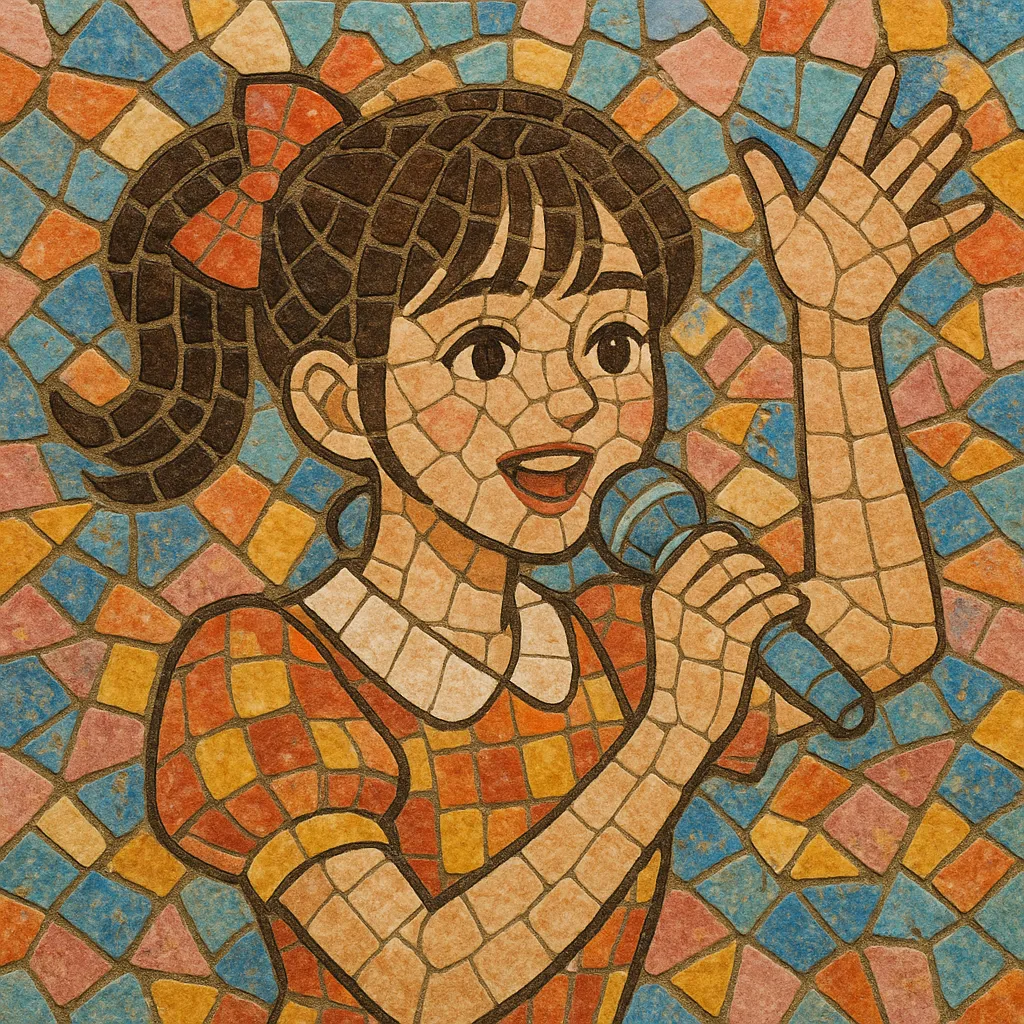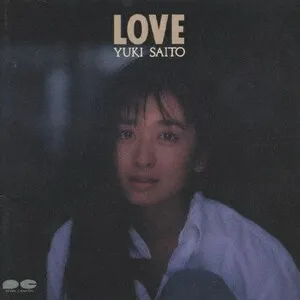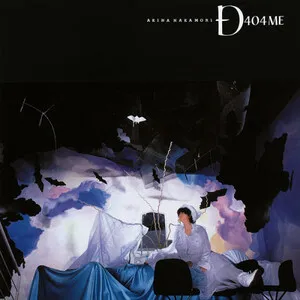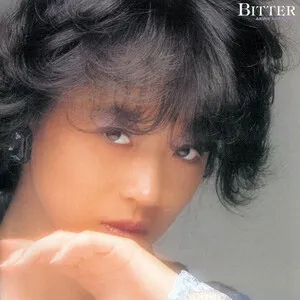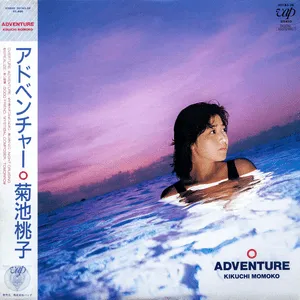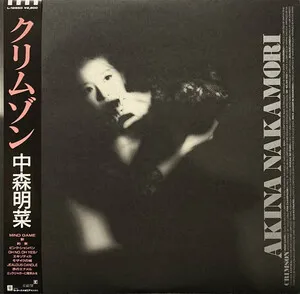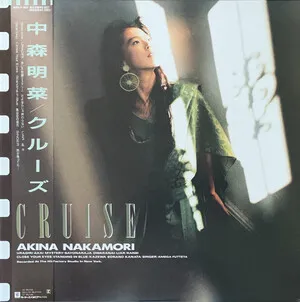Idol kayō is a strand of Japanese popular song (kayōkyoku) centered on manufactured "idol" singers who present a wholesome, approachable image alongside catchy, highly arranged pop tunes.
It emphasizes bright melodies, simple romantic or seasonal themes, and choreography-ready hooks that translate well to television variety shows and live fan events.
Sonically it sits between classic kayōkyoku and later J-pop, often blending disco rhythms, string and brass arrangements, and early synth-pop colors, with key changes and memorable refrains designed for mass appeal.
Idol kayō emerged in Japan in the 1970s as a commercial offshoot of kayōkyoku, the broader Showa-era pop tradition. Talent agencies, television networks, and record labels coordinated to develop marketable young singers whose songs, image, and media appearances were designed as a unified package. Early idol repertoire drew on kayōkyoku songwriting craft, the sentiment of enka balladry, and the immediacy of bubblegum pop.
The genre flourished through the late 1970s and 1980s, powered by weekly TV music programs, magazine coverage, and the Oricon charts. Acts such as Candies, Pink Lady, Momoe Yamaguchi, Seiko Matsuda, Akina Nakamori, and Johnny’s-associated male idols popularized a sound that mixed disco backbeats, lush strings, and increasingly, synth-pop textures. Songs were deliberately hook-forward, often featuring dramatic modulations into the final chorus and choreography tailored for televised performance and fan participation.
In the early 1990s, the umbrella label "J-pop" gained currency, and idol production methods were modernized and scaled. While kayōkyoku as a term declined, idol kayō’s templates—tight media tie-ins, fan clubs, handshake events, and team-based groups—fed directly into the rise of large-scale idol collectives. The aesthetic and songwriting DNA of idol kayō continued in new forms, bridging the Showa idol era with Heisei and Reiwa generations.
Idol kayō established the playbook for Japan’s idol industry: casting, image cultivation, variety TV synergy, and songs optimized for both broadcast and fandom rituals. Its melodic language and performance style profoundly shaped J-pop, anime song culture, denpa and picopop micro-scenes, and even the virtual idol ecosystem (Vocaloid), ensuring its influence far beyond its original era.
Write concise verse–chorus structures with a memorable, singable hook. Favor major keys and diatonic progressions (e.g., I–vi–IV–V, I–V–vi–IV, or ii–V–I for ballad moments). Plan a late-song upward key change for the final chorus to heighten excitement.
Target mid-to-up-tempo grooves (approximately 90–140 BPM). Use steady disco- or pop-rock–influenced drum patterns with handclaps or tambourine emphasizing backbeats. Keep rhythm sections tight and danceable to support choreography.
Combine classic kayōkyoku instrumentation (strings, brass, clean electric guitar, electric bass, piano) with 1980s synth-pop colors (poly-synth pads, bright leads). Arrange intros with a short instrumental hook; support verses with lighter textures; add countermelodies and backing vocals in the choruses.
Craft stepwise, earworm melodies with clear phrase contours and call-and-response backing lines. Keep vocal timbre bright and approachable, with controlled vibrato. Stack harmonies and unison group lines to amplify the chorus.
Focus on relatable themes: first love, school life, seasons, friendship, and bittersweet nostalgia. Use simple, evocative imagery and concise phrasing that fits TV and live performance contexts.
Design a short, hooky intro; alternate verses and pre-choruses to build tension; deliver a strong chorus; include a brief bridge; and execute a final key-change chorus. Choreography and visual motifs should mirror lyrical themes and highlight signature gestures fans can emulate.

